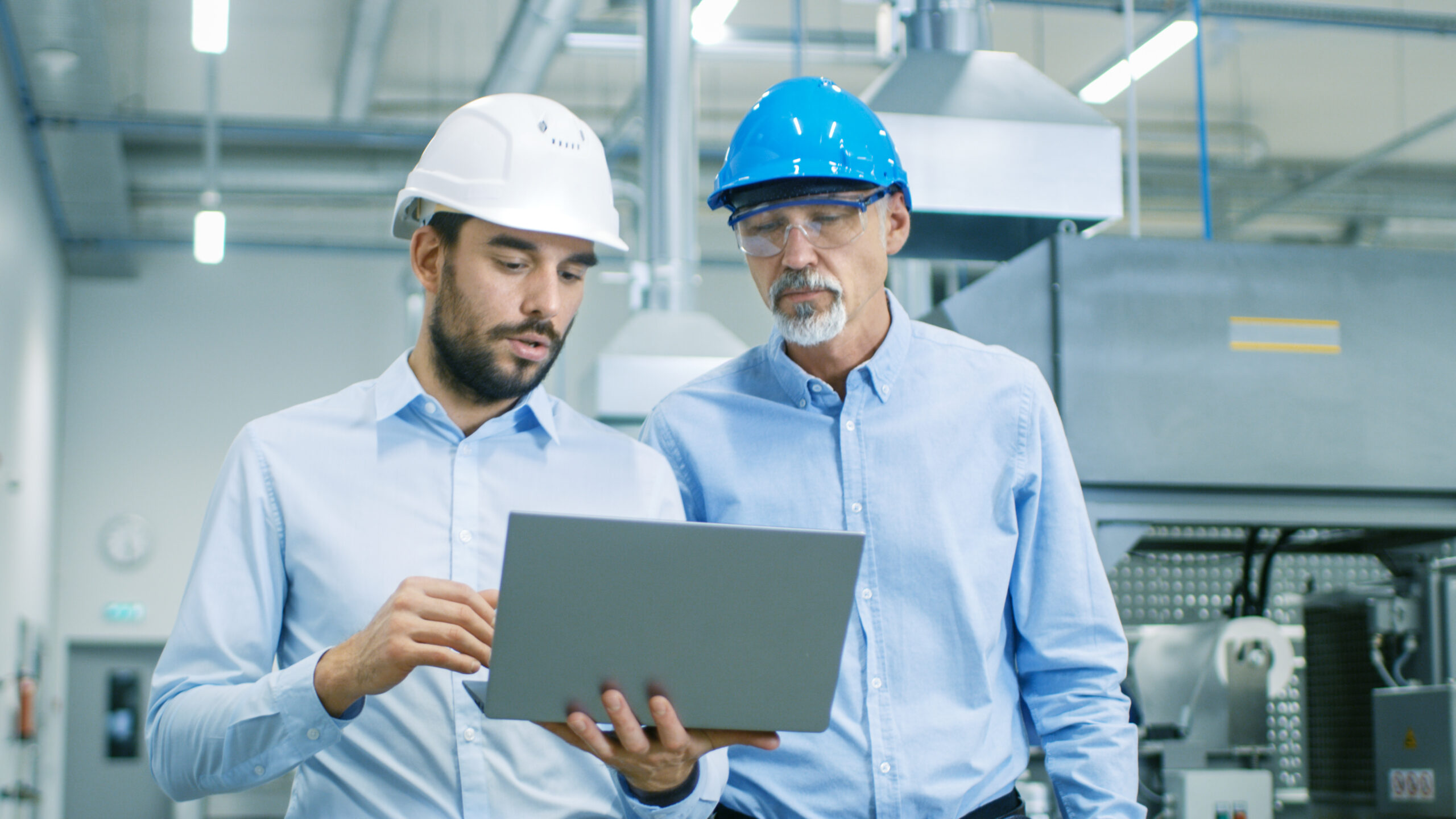According to a survey of more than 4,000 people conducted last year:
- One-third said they were concerned about indoor air quality at work.
- Half said IAQ concerns impacted their motivation to visit public spaces.
- Two-thirds said IAQ impacted their motivation to travel.
This isn’t surprising data—the COVID-19 pandemic has raised awareness of indoor air quality and changed the way many people think about and understand the healthiness of indoor spaces. Despite this change, many facility managers and business owners have hesitated to verifiably improve indoor air quality for building occupants.
Today we’re going to discuss some common reasons for avoiding indoor air quality monitoring or IAQ solutions like outdoor air ventilation—and why on closer inspection, these arguments don’t always hold up.
Reason #1: They’re Afraid of What They’ll Find
Ignorance is bliss, as the saying goes, and that mindset can be applied to IAQ as well. If it’s revealed that your building has poor indoor air quality, you’ll be forced to do something about it.
What many people often leave out of this thought process are the many long-term benefits that are gained with higher IAQ, including:
A more productive workforce
Research has shown that healthier indoor air quality matters: a 2015 study found that office workers in a “green” office environment with better IAQ had double the cognitive function score as those in a “normal” office environment with higher air pollutant levels.
Fewer absences and health issues
When air quality is poor, health issues and absenteeism tend to increase—a 2020 study found a correlation between elevated air pollution and an increase in student absences in the Salt Lake City School District. Older studies in other states have found significant correlations too.
A competitive advantage over other commercial buildings
Discovering and solving indoor quality problems in your building can be used to your advantage as a way to differentiate yourself from other commercial spaces for lease. Emphasizing your use of indoor air quality monitors or advanced ventilation systems can be a strong selling point to companies and businesses looking to rent space where their employees and customers feel safe and healthy.
Reason #2: They’re Afraid of the Cost of IAQ Upgrades
“Upgrading our ventilation is too expensive,” is a refrain we’ve heard often. What many people aren’t aware of are the financial penalties associated with unhealthy indoor air. Did you know that in the US alone, “the annual cost attributed to sick building syndrome in commercial workplaces is estimated to be between $10 billion to $70 billion”?
Also, upgrading the systems and indoor air quality in an office building doesn’t have to be as expensive as you think! Ventacity Systems’ ultra-efficient ventilation units offer up to 93% recovery efficiency, minimizing energy penalties while maximizing indoor air quality by replacing stale, contaminated indoor air with filtered 100% outdoor air. Adding our Very-High-Efficiency Dedicated Outdoor Air System (VHE DOAS) will save enough energy to reduce your full HVAC costs in the long run, even including equipment first-costs. See these independent analyses and case studies by NEEA for the evidence.
Reason #3: They’re Afraid that IAQ Monitoring Will Be Too Complicated
The simpler your job as a facility manager or business owner, the better, and many are wary of taking on additional responsibilities related to IAQ, or are under the impression that it will be a headache trying to set up ways to improve indoor air quality with a hodge-podge of sensor equipment and software from competing manufacturers.
Ventacity offers a comprehensive, integrated solution to IAQ. Our 24/7 continuous indoor air quality monitoring system called IAQPro can help you monitor and test indoor air quality throughout a building (or even several buildings you manage in your portfolio). By alerting you to changes in air quality throughout the day, you can quickly and easily make adjustments to your Ventacity ventilation units right from your smartphone, to ensure a healthy indoor environment for occupants around the clock.

